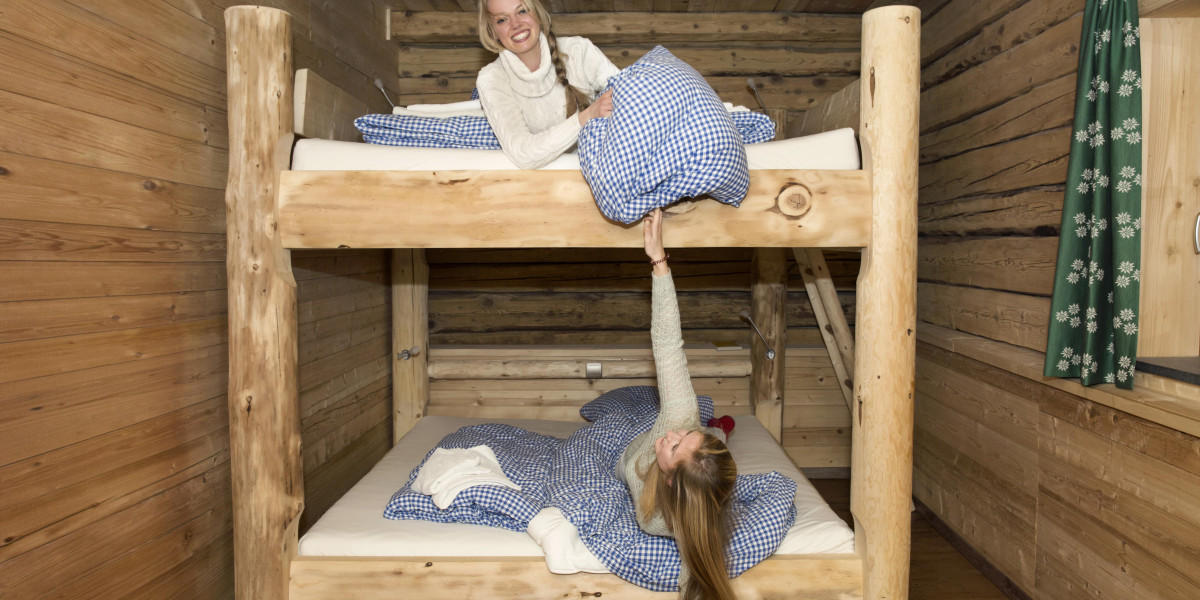Unlock the Secret to Perfectly Ground Coffee: Discover Which Burr Grinder Reigns Supreme!
For coffee enthusiasts, the path to a perfect cup begins long before the brewing process. The key lies in freshly ground coffee, which significantly enhances the flavor and aroma of each sip. At the heart of this process is the burr coffee grinder, a device designed to deliver consistency that blade grinders simply cannot match. Unlike blade grinders, which chop beans unevenly, burr grinders crush the beans between two surfaces, allowing for a more uniform grind. This article aims to guide you through the nuances of burr coffee grinders, helping you choose the best one to elevate your coffee experience.

Understanding Burr Coffee Grinders
Burr coffee grinders operate on a simple yet effective principle: they use two revolving abrasive surfaces (the burrs) to crush the coffee beans. There are two primary types of burrs—flat and conical. Flat burrs, as the name suggests, feature flat, parallel surfaces that grind coffee beans consistently. This type often produces a more uniform grind size, making it a favorite among espresso lovers. On the other hand, conical burrs have a cone-shaped design that allows beans to be ground from the top down, resulting in a less uniform grind. However, they tend to produce less heat during the grinding process, preserving the delicate flavors of the coffee. The choice between flat and conical burrs ultimately affects the flavor profile and consistency of your coffee, making it essential to understand both types before making a purchase.
Key Features to Consider When Choosing a Burr Grinder
When selecting a burr coffee grinder, several key features warrant your consideration. First and foremost are the grind settings; a good burr grinder should offer a range of grind sizes from coarse to fine, allowing you to tailor your coffee to different brewing methods—from French press to espresso. Next, consider the size and capacity of the grinder. If you frequently brew large batches of coffee, a larger hopper will save you time and effort. Equally important is the ease of cleaning; grinders can accumulate coffee oils and debris, so look for models that are easy to disassemble and clean. Lastly, build quality cannot be overlooked; a durable grinder will perform better and last longer, ensuring your investment is worthwhile. Each of these features plays a critical role in the grinding process, influencing not only the quality of your coffee but also the overall user experience.
Comparing Different Burr Grinder Types
When diving into the world of burr grinders, you’ll encounter two main categories: manual and electric grinders. Manual burr grinders are typically more affordable and portable, making them an excellent choice for travelers or occasional brewers. They require a bit of physical effort, which some users find rewarding, as it adds a personal touch to the coffee-making process. However, the downside is that they can be time-consuming and may not offer the same level of consistency as electric grinders. On the other hand, electric burr grinders provide convenience and speed, allowing you to grind coffee with the push of a button. They come with various settings, ensuring you can achieve your desired grind size with ease. However, they tend to be more expensive and take up more counter space. Ultimately, the decision between manual and electric burr grinders hinges on your brewing habits, lifestyle, and budget.
Tips for Using and Maintaining Your Burr Grinder
To achieve optimal grind consistency with your burr grinder, start by using the right amount of coffee beans based on your brewing method. For most methods, a general rule is to use about two tablespoons of coffee for every six ounces of water, but this can vary based on personal preference. When operating the grinder, avoid overfilling the hopper, as this can lead to uneven grinding. Regular maintenance is equally crucial to ensure your grinder performs at its best. Clean the grinder at least once a month by removing the burrs and brushing away any coffee residue. Additionally, periodically check for any wear and tear on the burrs; replacing them when necessary will help maintain the quality of your grind. By following these tips, you can prolong the life of your burr grinder and enjoy consistently excellent coffee.
Choosing the Right Burr Grinder for Your Coffee Journey
In summary, choosing the right burr coffee grinder is a vital step in elevating your coffee experience. Understanding the mechanics of burr grinders, considering key features, and comparing different types can help you make an informed decision that aligns with your needs. Whether you’re a casual coffee drinker or a dedicated aficionado, investing in a quality burr grinder will undoubtedly enhance your brewing rituals. Remember, the perfect cup of coffee starts with the right grind, so take the time to choose wisely.








